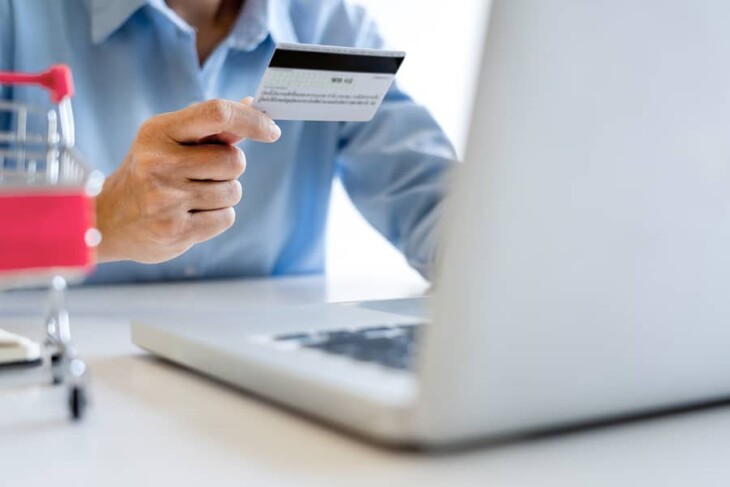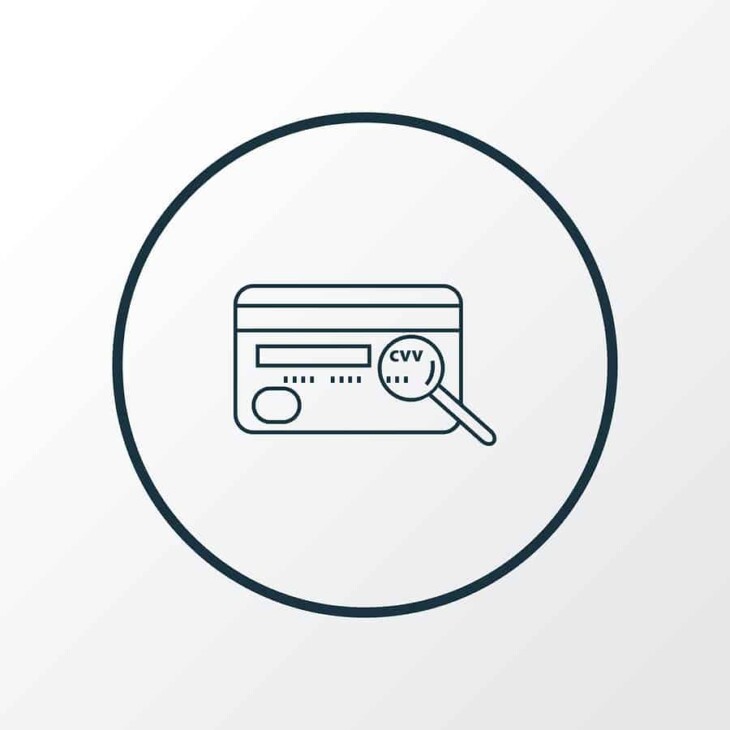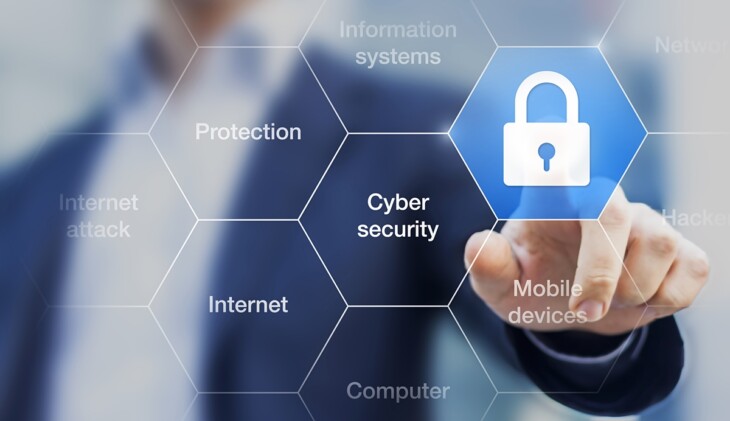Online purchasing is kept on getting more and more common. In-shops transactions are increasingly moving digitally. Even if a person picks up a product in a store, the system might happen digitally or via the market app. In many purchases where people are not physically present at the shop, the CVV code number plays its part. This blog will dig into this CVV number from both the buyer and the retailer.
Contents
The Codes Explained

img source: merchantmaverick.com
In the 90s, credit card companies added an additional data point to help secure payments over the phone or the internet. That separate data object is known by many temporary names depending on the issuing corporation.
- Mastercard companies call it CVV or Card Verification Value
- Whereas VISA note it as CVC or Card Verification Code
- Discover note online transactions through CVD (Card Verification Data)
- And JCB calls it CAV (Card Authorization Value)
American Express generates these numbers to encrypt an encryption algorithm incorporating the verification number, expiration date, and encryption keys that the card company holds. The effects of this are then transformed into a numeric number. When a payment occurs, the CVV shop authenticates the number. To further safeguard the card verification number, the data security centre requires companies not to store this data at all.
Data security services do not prevent the acquisition of card verification codes previous to authorization of a particular purchase or online payment. Nevertheless, it is not authorized to retain the card verification number/values once the specific purchase or online transaction for which it was collected has been approved.
When a transaction happens, the data is sent or saved. After the payment action has occurred, the company should not store it. The standard apart from defining that the data cannot be stored even if the car owner requests it.
Retailer’s Choice

img source: adobe.com
Online retailers are not bound to provide the CVV code. Considering the cost of potential fraud versus the benefits of easier checkouts is the prediction they make. The company responsible for the scam is either the bank, payment slip, or the retailer. There is a complex and huge world behind this and the component of false charges. Generally, it will be the online retailer’s responsibility to pay for the scan and compensate the client whose card was used.
The provider must prefer to be more stringent in taking orders or not. Amazon store is the pioneer of online shopping.
For several transactions, the CVV code is not needed. The CVV code is used when entering a card for the first time. Beyond CVV permission, Amazon’s fraud detecting capabilities are undoubtedly vast. CVV may be needed by smaller retailers as a safeguard against their income being eaten away. Merchants may use a variety of resources and tools to reduce fraud.
Card-Not-Available Fraud
The purchases, where the card is not actually present are exposed to scams. A spammer only requires getting an order previous to the checkout purchasing cart to be prosperous. Sneaking through that eCommerce line is possible if they get the right code and authentication numbers. The CVV numbers are free in dumps to cybercriminals, despite their assumed anonymity.
This information can be achieved in a variety of ways by spammers. Keyloggers could receive the numbers on websites as people type them in. “Magecart attacks” could jeopardize the websites themselves. People can give up personal information as a result of phishing attacks. CVV cards are often taken out of sight through real-world conflicts, and operators can simply write them down. Since the CVV is just three, there are more than a thousand possible combinations, and brute force techniques connected with a high amount of information can work.
A researcher has concluded the average agreed account cost with a CVV code starts from $2 to $8. With this information, a scam can occur. Demand for account data containing the CVV number is high. The reason might be that scam with cards being present is more complex with new cards with electronic chips.
CVV and More to Minimuze Fraud

img source: merchantmaverick.com
Credit card fraud affects both customers and businesses. They can measure the effect on the consumer in terms of revenue lost in the first place. Charges are often less than $10. This small sum will allow them to fly under the radar. If the fraud is detected, they must cancel their card, make a petition, and then wait for a new card to arrive and update any details stored on the card. For retailers, the impact is money spent to reimburse the consumer.
The effect on retailers is the money paid to refund the customer.
While the CVV code is a commendable effort to prevent credit card fraud, it is not the only solution. To of the risk of fraud, merchants should adhere to the PCI DSS requirements. Every aspect of payment card data, transmission, and storage is covered by the standards, which provide detailed guidelines and specifications.
Cvv shop acts as a trusted advisor to businesses, ensuring that they adhere to PCI DSS requirements.
Take Help From Security Software

img source: financesonline.com
Use cybersecurity software that preserves both your desktop and mobile phones. Many of us use a small screen for online shopping, making us more vulnerable to hackers. Cover yourself with protective software or secure Internet Security software that offers protection across all devices.
Update to Stay Safe
Always stay on the update for your operating system and other OS. Often, these updates patch security pockets to keep you more innoxious. When you get a notification that there is an update available, download it right away.
